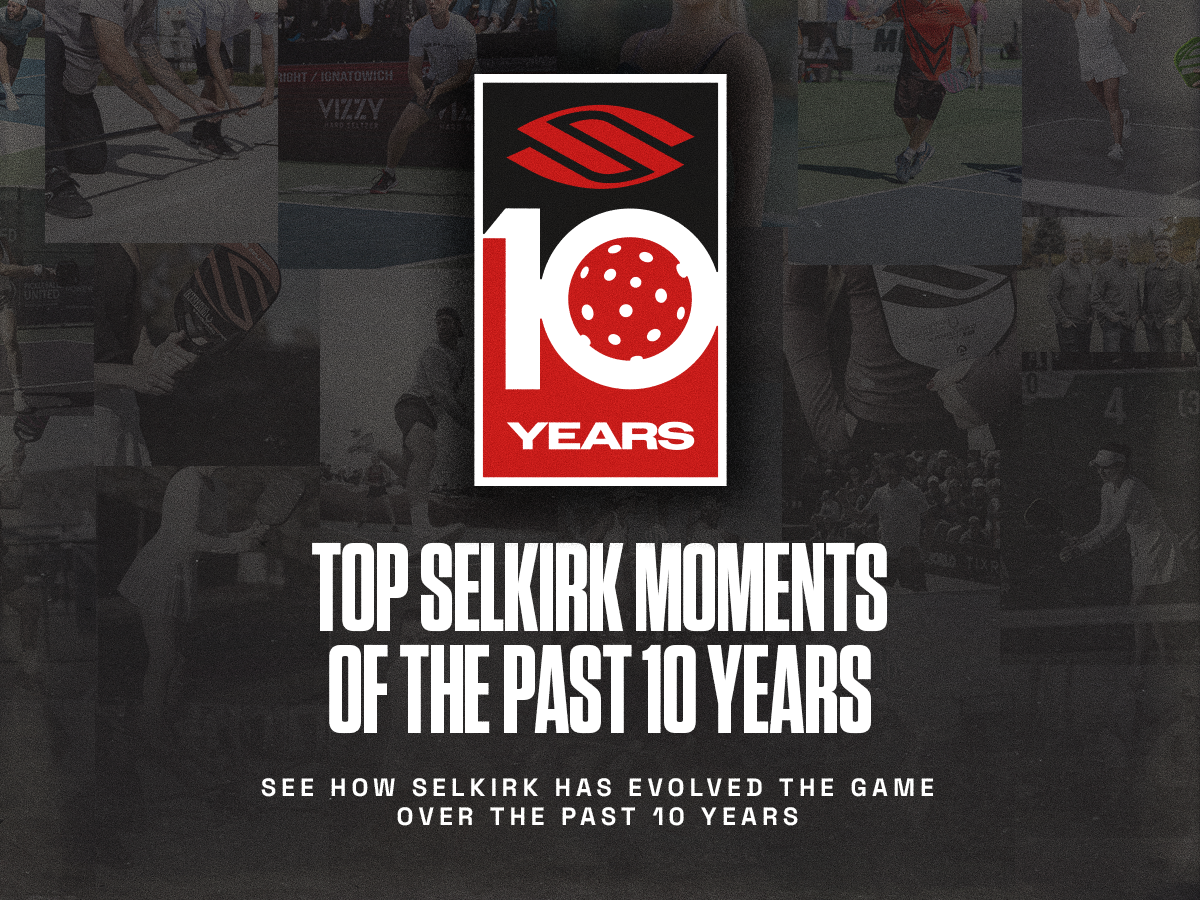
Pickleball stands out from many sports due to its unique dynamics of offense and defense.
Unlike traditional team sports where possession of the ball typically signifies an offensive play, pickleball presents a more nuanced scenario.
In pickleball, certain actions and court positions determine whether you are playing offense or defense. It’s important to know which role you are taking and how to regain or maintain your offensive position so that you can succeed on the court.
When serving, are you on offense or defense?
The concepts of offensive and defensive play in pickleball can vary widely among players. For example, one common view is that a player positioned at the baseline is generally defending.
This viewpoint raises intriguing questions, such as whether the server, who initiates play, is actually beginning on defense because they must stay at the baseline to let their opponent’s return bounce.
Conversely, others argue that by having the first opportunity to score, the server inherently takes an offensive stance. The reality in pickleball is that roles can switch quickly — from offense to defense or vice versa — following the serve.
These discussions highlight the strategic depth of pickleball, where understanding and adapting to these roles can significantly impact gameplay.
Actions that define offensive vs defensive plays
Although it may not be as easy to determine whether you are playing offense or defense in pickleball as it is in other sports — like baseball where you come off the field in between roles — there are a few key actions that can help you determine what role you are playing on the court.
Typical offensive plays
- Serving the ball: Initiating play puts the server in a position to dictate the game.
- Aggressive shots: Using speed-up shots, hard drives, or offensive lobs can help you control play.
- Skillful placement: Effective dinking or placing the ball at your opponent’s feet are surefire ways to remain on the offense.
- Overhead volleys: The ultimate offensive shot, the overhead volley forces your opponent back to the baseline.
Typical defensive plays
- Receiving the serve: Automatically places the receiver in a defensive position.
- Countering overhead shots: You will have to back up and scramble to return powerful overhead volleys.
- Third shot drops, blocks, and resets: These shots are designed to take pace off your opponent’s ball and allow you to transition up to the net, and therefore, a more neutral position.
- Scrambled positioning: Handling shots aimed at difficult body positions or retrieving out-of-reach balls.
- Defensive lob: When a lob is used out of desperation to give you time to reset rather than to start an aggressive pattern.
The importance of court positioning
Strategic court positioning and the right equipment are crucial in pickleball. Being near the non-volley zone often provides a strategic advantage, allowing players to exert pressure and make offensive plays.
Conversely, staying at the baseline can be a defensive tactic. It gives you more time to respond to powerful shots, but it limits your ability to control the game.
Mastering offense and defense in pickleball
Understanding and mastering the interplay between offense and defense in pickleball can dramatically enhance a player's effectiveness on the court.
It is essential for players to continuously refine their strategies and adapt to the dynamic nature of the game. Engaging in discussions and sharing experiences can further enrich one’s understanding and skill set in pickleball.
Whether you're just starting out or seeking to elevate your game, consider how your approach to offense and defense can evolve to meet the challenges of both roles.
























































